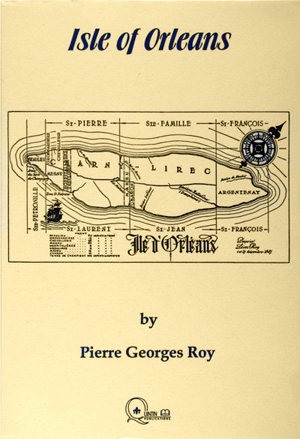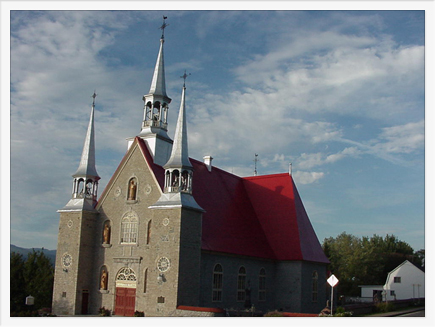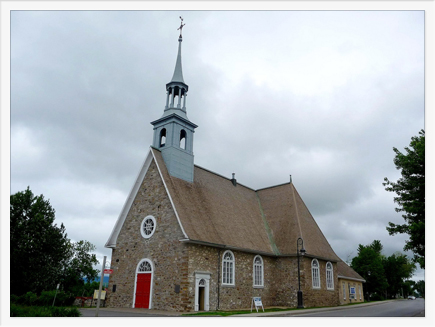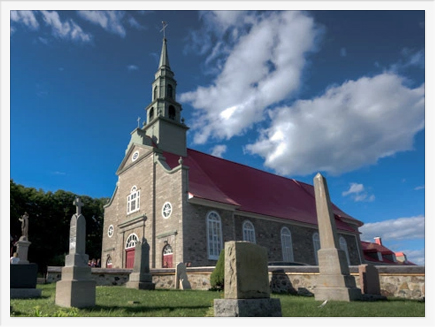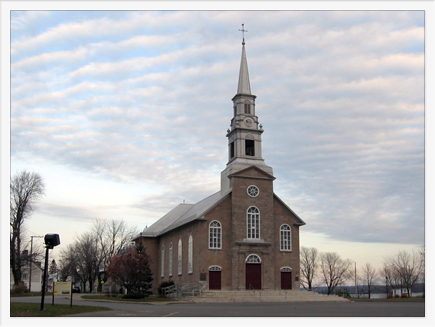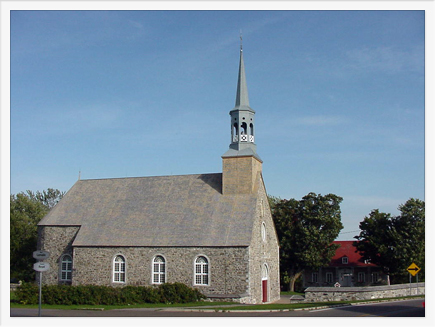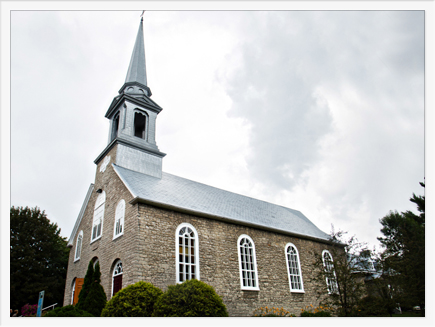Imagine no possessions
I wonder if you can
No need for greed or hunger
A brotherhood of man
Imagine all the people sharing all the world...
John Lennon - 1971
Can you imagine? Imagine being around 20 years old TODAY! Are you young enough to imagine life without access to a computer let alone facebook or games? Or perhaps you are a resident of Florida in the US, can you imagine life without air conditioning? How about without electricity or cars as a way of getting around?
Ok, you get my point...now close your eyes and picture yourself sitting in the only room in your house (that YOU built), your feet are cold because the floor is made out of dirt and you are trying to play a game with your children by candlelight while you take in the warmth coming from your fireplace in the middle of the room over which your dinner was just prepared... Your thoughts turn to tomorrow, another day... you must be awake, fully clothed, with everything you've got that's warm, and ready to head outside to milk the cow and gather eggs for breakfast and the sun is not even up yet... You have nothing more than a day of work so that you can make it another day!
There is no 7-11 in case your forgot the bread (of course you had to make your own), there is no such thing as a grocery store (everything you ate came from the crops you grew or the meat you hunted and prepared), you can't go buy warm woolen socks down at Target (your wife or mother made all of your clothes for you) and you can't even get to the city until the river is frozen over so you can walk the 15 or so miles to get there.
I cannot imagine...all of this and you have to worry about protecting yourself and your family from hostile Indian attacks too! Can you imagine what your life may have been like in these difficult times?
Certainly it is difficult in any attempt to reconstruct the life of anybody who lived more than 400 years ago. It is virtually impossible to imagine a life in a time and place so different from our own. It is impossible to know what our ancestors were thinking or feeling or what they hoped for or dreamed of. All we can really do is speculate based on know facts of the times. It is then we begin to comprehend just how much was endured in times past...so that we can read this today!
We do believe that most settlers at the time arrived in hopes of finding a better life, if not something more. Wealth of the day was found in the furs that were traded and the abundant fishing the provided a means to survive but not wealth in the truest sense of the word.
We must assume that life was tremendously difficult for the French men and women who settled along the St. Lawrence River in the seventeenth century. It took stamina, courage, and perseverance, along with a measure of good fortune, just to stay alive in the early years of this new colony.
The women who settled in Quebec at that time married young and had large families. Historians tell us that there were altogether only about one thousand married women living in Quebec between 1608 and 1680; fifty years later these women has produced fifty thousand descendants.
From the Hébert family history we read that Joseph Hébert the grandson of of Louis Hébert and Marie Rolet married Marie-Charlotte de Poytiers or Poithier or de Poithier on Oct 12, 1660.
Not long afterwards he was captured by the Iroquois, perhaps by the same band who killed his cousin Nicolas Couillard and six other Frenchmen on the Île d’Orléans in June 1661.
A letter written by a companion in captivity states that, wounded in the arm and shoulder, he was given to the Iroquois of Oneida. After the usual tortures, he was finally stabbed to death by drunken members of the tribe. His death was not definitely known in Quebec until the summer of 1662.
Pierre LEVASSEUR, dit L’Espérance built a house and outbuildings on a piece of land belonging to the Argentenay seigneury, on the Île d’Orléans;
During this time an epidemic broke out among the Indians. For six whole months the Hospitallers were attending so many smallpox victims that huge bark lodges were set up around the nuns’ shelter to receive them.
From - thecanadianencyclopedia.com
"As each new area of Canada was opened to European settlement, pioneers faced the difficult task of building homes and communities from the ground up. Pioneer life revolved around providing the basic necessities of existence in a northern wilderness - food, shelter, fuel and clothing."
thecanadianencyclopedia.com - (cont'd)
"For most, however - especially before roads, canals and railways provided communication and transportation of goods - pioneering on all of Canada's frontiers meant isolation, deprivation and hardship. Success was often measured by sheer survival.
Yet, usually within a few years, primitive pioneering was followed by relative comfort, and the prospect of security and even prosperity for one's children. Persistence, optimism, thrift, resourcefulness and the acceptance of unremitting hard work became character traits valued by succeeding generations long after pioneer conditions had passed.
Providing fuel for the huge fireplaces, which were usually the dwelling's only source of heat, was a constant chore. Timber was plentiful in many areas but still had to be felled, trimmed, cut into lengths and carried home.
Women's work was essential to the comfort and long-term success of a farm operation. Pioneer women worked tirelessly for their family's material and cultural betterment.
Although they suffered loneliness and hardship, the women’s courage and strength gave them a place of respect in Canadian life."
POSSIBLE CONTINUED READING
A book, written by Susan McNelley, called "Hélènes World" is the only published work I know of that manages to weave together the life of the pioneer with the circumstances at the time. This book presents a rare insight into the life of an "ordinary" woman living through extraordinary times!
This is the life of Hélène Desportes who many of us are descended from. She was the wife of Guillaume Hébert and, obviously ONE TOUGH LADY! She is also my 9th great-grandmother. If you are interested, the book is currently available from Amazon - click on the book to find it.




